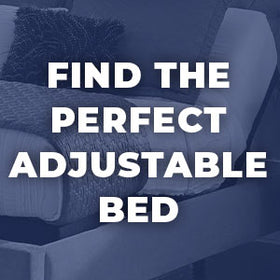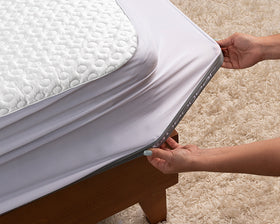888-996-9890

Are Tiny Homes A Passing Trend?
Tiny House, Big Effect?
The tiny home movement has been prevalent on social media sites, frequently representing an idyllic lifestyle that's more economical and better for the environment without sacrificing style.
However, tiny homes could become the answer to the growing numbers of homeowners and growing inequality. As the movement continues to push forward, we start to wonder if they are a response to housing problems and if they’re a valid one.
For a generation of hardworking people struck by a recession, historically high inequality in a plethora of areas, and loans taken out for an ostensibly necessary education that's failed to really net any benefits, tiny homes can be a fantastic option.
Tiny homes take the idea of surviving on less a bit more attractive. Sure, we would prefer it if everyone could afford mansion or at least comfortably large homes, but sadly that’s just not the case in the current economic climate.
Downsizing For Style
As the future goes on, will tiny homes be a stylish option for the well-off or financially savvy folks looking for affordable yet trendy houses?
In the U.S., everything tends to be larger, and houses are no exception. The median size of a single-family home hit its max in 2015 at 2,467 sq ft. If you look at other parts of the world, especially Europe, that number is huge.
There are several explanations for this, one being that Americans started driving their cars much faster and more frequently, which made houses being built outside of the major city centers doable and suburbs around large cities became nearly guaranteed. The land there was cheaper, more plentiful, and offered the space for bigger houses to be bought.
Additionally, the idea of claiming a large plot of land seems to be a part of the American DNA, at least for a large number of people. And for quite a few people in the upper percentiles, why not build a huge house if they could afford it. This is certainly not the case for the majority of Americans however.
Another consideration is that not only are large homes expensive, but with very big homes a lot of that space is wasted. A study from UCLA found that the majority of people spend their time in the kitchen and around the television. Formal living and dining rooms, front porches, and offices were used the least. As a result of these extra, unused spaces, construction resources are wasted and energy consumption is two times what a family would require if the house were only big enough for their needs.
More modest, more energy-efficient homes are inviting a growing population of minimalists and resource-conscious individuals to give them a chance. In 2017 alone, tiny home sales increased by 67%. Coming in at below 400 sq ft on average, these homes are correspondingly affordable — for tiny homes on wheels, the average cost is $46,300, while those on a foundation run an average $119,000. As a result, 68% of tiny homeowners don't require a mortgage.
Necessary Downsizing
On the other hand, the group of people drawn to tiny homes isn't just wealthy minimalists who want to be trendy while reducing their consumption. In the US, 70% of average workers can't afford a home, a third of adults are a single $400 unexpected bill away from financial hardship, and one-fourth don’t have any type of retirement savings.
With this being the case, downsizing could be the only option for average workers to survive. Retirees who lost their savings because of the Recession young people entering the workforce for their first time and finding pay that does not match expenses. Tiny homes were a solution to find a place to live when you couldn’t afford a mortgage or huge down payment.
But as aesthetically pleasing as Instagram makes mobile tiny homes look, they aren’t perfect.
Journalist Jessica Bruder and author of Nomadland related an anecdote to MarketWatch showing the reality of nomadic tiny living. She recounted a story where a couple couldn’t afford to put gas in their mobile tiny home and only survived off the compassion of the gas station attendant.
And if income to wage inequality keeps growing, this could start to affect more and more people. Research implies that wealth is increasing at an incredible pace, which is in-line with economist Thomas Picketty's predictions of a significantly unequal future.
Solutions for this will need to be found, and tiny homes could be the answer, especially if new homeowners are not looking to move around with it constantly. That free up of income from not requiring as much gas is huge. These tiny homes if built by states and cities could even help to end homelessness.
What tiny homes need to really sweep the nation is for individuals of moderate-income to have regular access to them and their design. If it is only the well to do who buy them, they won’t become for than a trend.
With the economic inequality that’s so prevalent, these homes could have real value. So, here’s hoping that they can help people who would otherwise be stuck with renting finally own a home.
*Originally posted on LasVegasFurnitureOnline.Com





